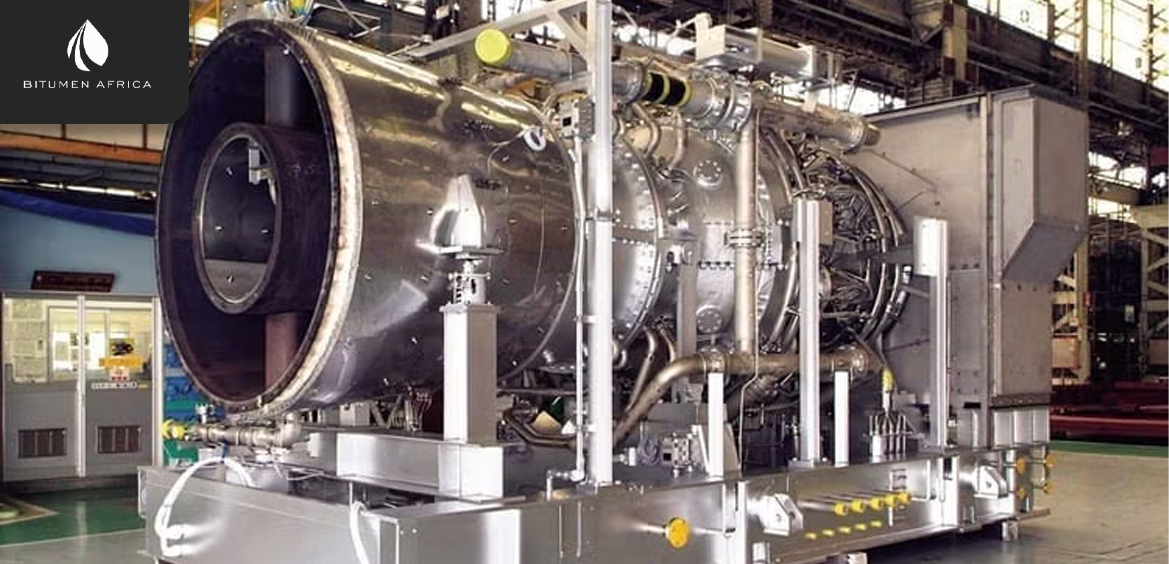Asia stands at a crossroads in its energy transition. Coal still makes up more than half of the region’s power mix, but as countries push toward ambitious net-zero targets, they’re looking for alternatives that can cut emissions without sacrificing energy security. One solution that’s gaining momentum is ammonia co-firing—a process of blending low-carbon ammonia with coal or natural gas in power plants. Analysts expect China, Japan, South Korea, and Indonesia to be at the forefront of this shift. Yet, the region faces a steep climb, with an estimated 8.8 million tonnes of ammonia per year needed by 2030 to stay on track.
The challenge is that ammonia co-firing doesn’t come cheap. Producing low-carbon hydrogen, converting it to ammonia, and then transporting it all add significant costs. Current estimates suggest that a 10% ammonia blend could push electricity prices 50% higher than coal-only power. For ammonia to become competitive, Asia will need breakthroughs in innovation, economies of scale, or perhaps a strong carbon pricing mechanism. On top of that, resource-constrained nations like Japan and South Korea will have to rely heavily on imports—making partnerships with global suppliers and new import infrastructure absolutely critical.
China, meanwhile, is moving faster and more decisively than its neighbors. Its 2024–2027 Action Plan sets national targets for ammonia co-firing and mandates that starting in 2027, all new or upgraded coal plants must slash emissions by half compared to 2023 levels. By co-firing with biomass and green ammonia, alongside carbon capture technologies, Beijing hopes to stay on course to peak emissions by 2030 and achieve carbon neutrality by 2060. Still, given the size of China’s coal fleet, it’s unlikely that retrofitting will happen as quickly as official timelines suggest.
Where China does have an edge is in production. Inner Mongolia’s abundant renewable resources are fueling the large-scale creation of low-carbon hydrogen and ammonia. In fact, the world’s largest green ammonia plant was recently commissioned in Chifeng, with plans to scale up significantly by 2028. If successful, China could not only supply its domestic needs but also become a major exporter, supporting regional demand. The question now is whether Asia can overcome the cost and infrastructure hurdles fast enough to make ammonia co-firing a real game-changer in the race to decarbonize.

